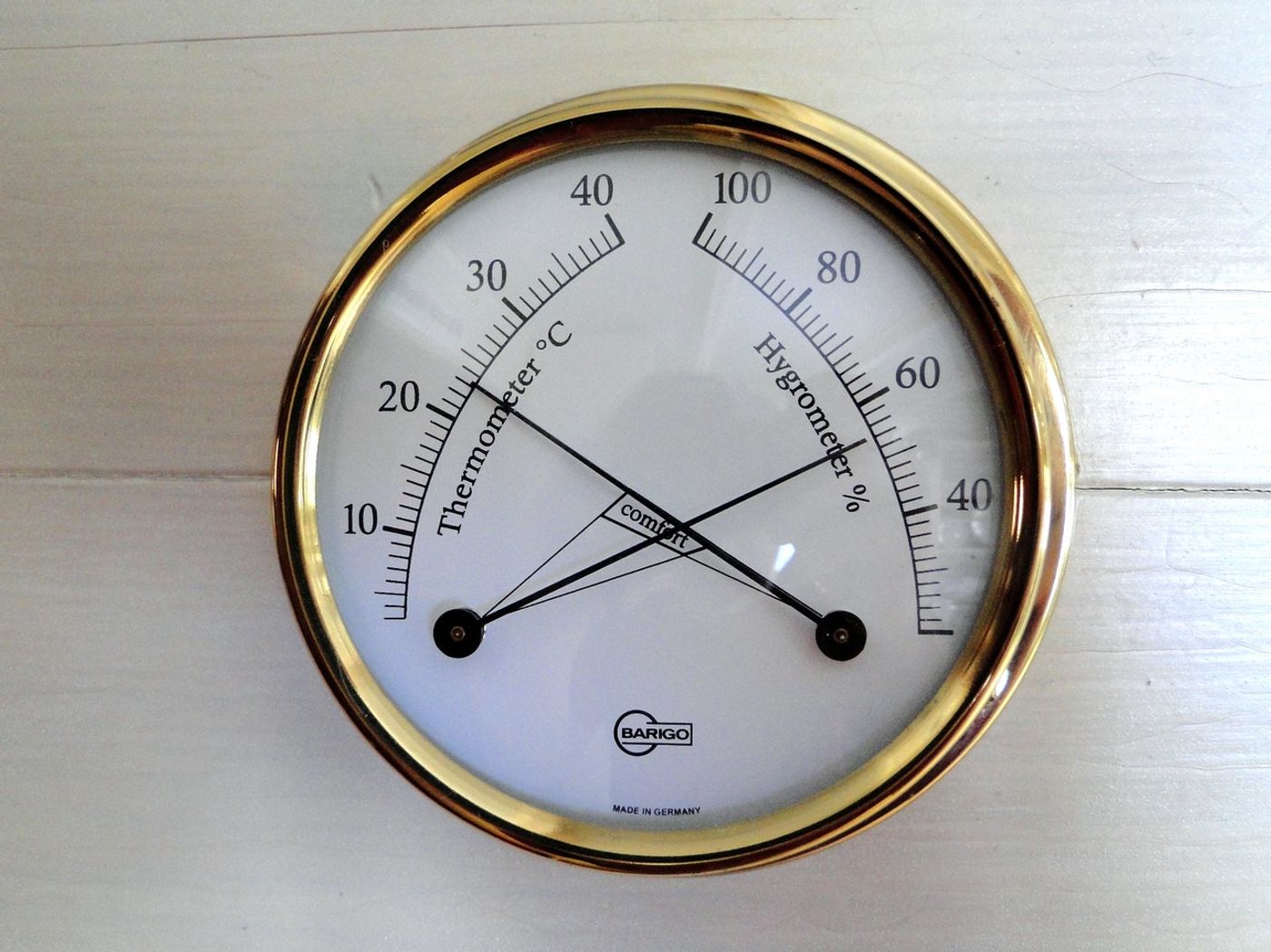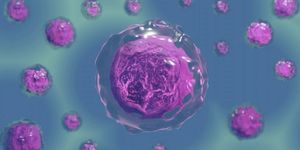Non-coding RNA As A Barometer For Liver Health
October is liver cancer awareness month — a month dedicated to educating people about the risk factors and preventative measures associated with the disease. In the United States, around 30,000 individuals are affected annually. As with all cancers, health organizations advocate for screening and early detection to improve patient outcomes. But what if current diagnostic technologies are unable to pick up signs of malignancies at the early stages?
Due to the lack of reliable liver cancer biomarkers, physicians typically use imaging technologies like ultrasounds or CT tests to look for signs of malignant tissues. Liver biopsies are highly invasive and, consequently, are rarely taken. Instead, the detection of abnormalities is usually followed up with surgery to remove the suspected tumor.
A study published recently in the Journal of Cancer Research and Clinical Oncology details a promising new way of detecting liver cancer. Scientists have discovered a molecule named HELIS (short for HEalthy LIver Specific), a novel liver cancer biomarker. Unlike cancer biomarkers that point to the presence of disease; however, detecting HELIS in a patient sample actually means that the liver is healthy.
Study lead Olga Burenina explains, "Many classical tumor markers do not always show up in the case of cancer or may have elevated levels due to noncancerous diseases, such as cirrhosis or hepatitis in the case of the liver.”
“The 'healthy liver' markers can be more informative because if a 'malfunction' occurs in the cancer cells and, for example, HELIS are no longer produced as they should, the problem may not be fixed that easily."
HELIS is a non-coding RNA — an RNA molecule that orchestrates physiological processes inside the cell. Burenina and the team used postoperative samples of six different types of liver tumors to validate the use of HELIS as a biomarker.
Measurements of HELIS in these samples showed how remarkably reliable this molecule is as a biomarker of poor liver health: HELIS levels dropped to sometimes completely undetectable levels in all the tumor samples. A panel of four non-coding RNAs, including HELIS, was subsequently designed, which together could help differentiate between healthy and malignant liver tissues and even potentially diagnose specific types of liver cancer.
Sources: Journal of Cancer Research and Clinical Oncology, Medical Xpress.









